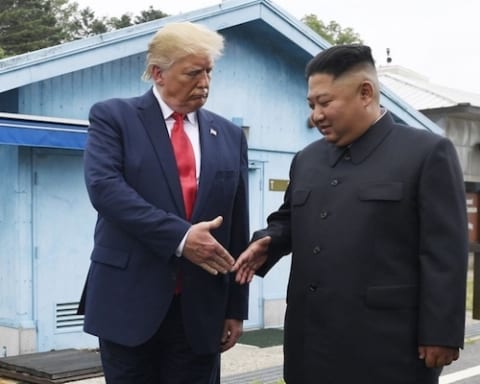Lima Charlie’s Ray Pagnucco travelled to the heart of Burma to investigate a troubling development in a peaceful village.
Myanmar / Burma – As the sun was setting, we finally reached our destination of Say Kinn, a small ethic Ta’ang village perched upon the spine of a mountain. During our arduous journey up washed-out mountain roads, my travel companions and I passed by countless small villages, illegal logging trucks with Chinese license plates, and check points manned by men who held allegiance to various armed factions in the area. The continued social unrest in Northern Shan State, Burma, coupled with last October’s failed National Ceasefire Agreement, continued to make parts of the area a very dangerous place for everyone.
The Ta’ang, a devout Buddhist, upland hill tribe, live in the rugged mountains of Northern Shan State. They eke out a meager living from tea cultivation and farming. For most people, the village of Say Kinn wasn’t on anyone’s radar until last February, when a disturbing video surfaced on the internet.
In the 3 minute and forty second video, soldiers from the Burmese Army 324th Battalion and the local pro-government Pan Say Militia, stand over a large group of men lying side-by-side, faces down in a dirt road. The soldiers had rounded up unsuspecting men from the village, and are seen yelling and berating them, while beating them with what looks like some kind of baton. As if things couldn’t get any worse, in an act of pure humiliation, the soldiers made some of the men remove their pants, while a group of women from the village were forced to watch the abuse. Not knowing if this day would be their last, the men lay on their stomachs, awaiting their fate. The images and audio from the footage are truly horrifying.
[Warning: Video contains graphic violence]
To put this alarming event in context, some background is necessary:
Northern Shan State is a patchwork of People’s Militia Forces (PMF), Border Guard Forces (BGF) and Ethnic Armed Organizations (EAO), all with different agendas and goals. While the EAOs are largely fighting to protect ethnic rights, autonomy through federalism, and an all inclusive democratic system, the PMF and BGF are fighting purely for their own personal monetary gain. Both of these latter groups are under the control of the Burmese military (Myanmar Armed Forces), which is officially known as the Tatmadaw.
The BGFs must follow strict guidelines established by the Myanmar government. They may only operate in areas designated by the government. Each BGF has exactly 326 personnel, 30 of whom are regular Tatmadaw soldiers, and all administrative positions are held only by Tatmadaw soldiers.
The Tatmadaw’s militia program was started shortly after Burma’s independence in 1948, and was originally intended to help the Tatmadaw exert control over particular areas and aid in fighting communist insurgents. The program also helped in the fight against Kuomintang insurgents, who came south from China into Shan State to stage a guerrilla offensive against Communist Chinese forces after losing the Chinese Civil War in 1949.
Although the PMFs come under the control of the Tatmadaw, their rank and file isn’t staffed by Tatmadaw soldiers. According to a Myanmar Peace Monitor report, PMFs do not have a ranking system, and they are run in a group leadership style. However, they usually have a leader.
Tom Kramer, of The Transnational Institute, who recently spoke with Lima Charlie News, explains that over the years, different militias have been formed to meet the different needs and challenges the Tatmadaw has faced. The size, objectives and implementation of the militias vary and after five decades of military rule in Burma, these groups have become woven into the modus operandi of Burmese military power.
According to Kramer, PMFs are an integral linchpin in the Tatmadaw’s ability to assert local control over different parts of Burma. They act as a buffer between the EAO and the military, provide intelligence, deny territory to opposition groups, keep up pressure on those opposition groups and when necessary, help in attacking other groups.
In return for their help, PMFs are given basic training and guns. In order to sustain themselves, they are given the right to tax the local population in their area and conduct business of any kind they see fit, including the lucrative drug trade. They are also given strict orders to stay out of opposition politics.
“It is part of the Myanmar Army’s strategy in what they call conflict management. It means that you fight with some groups and have ceasefires with others and you allow this enormous range of militias to exist in Myanmar,” said Kramer.
According to a recent report by The Asia Foundation, there are 396 active militias in northern Shan State. This massive militia scheme has made Northern Burma a rough place to live and has also made Burma the largest producer of opium and heroin in the world, second to Afghanistan.
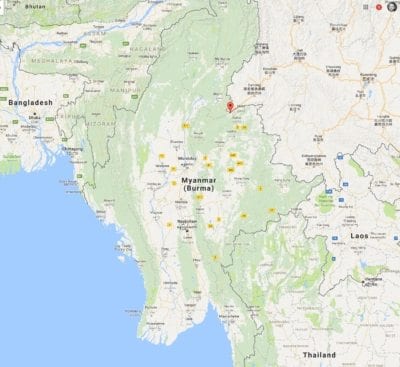
It was this complex web of power and intimidation, coupled with news of the horrific incident caught on video, that brought me to Say Kinn.
Shortly after my arrival, I was ushered into the village temple where I was told I could talk to some of the villagers in safety. The temple not only served as a place of worship for the residents of Say Kinn, but also functioned as a community center.
Like most of the structures in the village, the temple was made of wood with a corrugated metal roof. When the wind blew, it creaked and moaned as if it was going to collapse under the weight of the wind and falling rain.
As I sat across from a handful of the villagers, they began to recount the terrifying events that took place on the 23rd of December, 2015. They told me that day was supposed to be one of great celebration, for there were two weddings happening in neighboring villages. Most of the villagers had gone to attend one of those weddings, when they suddenly heard the sound of a mortar round landing in Say Kinn. Alarmed, the villagers quickly left the weddings to see what had happened. Upon arriving, the Pan Say militia and Burmese Army 324 Battalion were waiting to greet them.
Immediately, the soldiers began to separate the men from the women. The nightmare had begun. The soldiers accused the villagers of lending material support and housing to the Ta’ang National Liberation Army (TNLA), a local EAO that has not only been fighting for ethnic rights, but also launched an ambitious drug eradication program in Namkhan township. This principal town in northern Shan State has severely cut into the Pan Say militia’s profits from the drug trade.
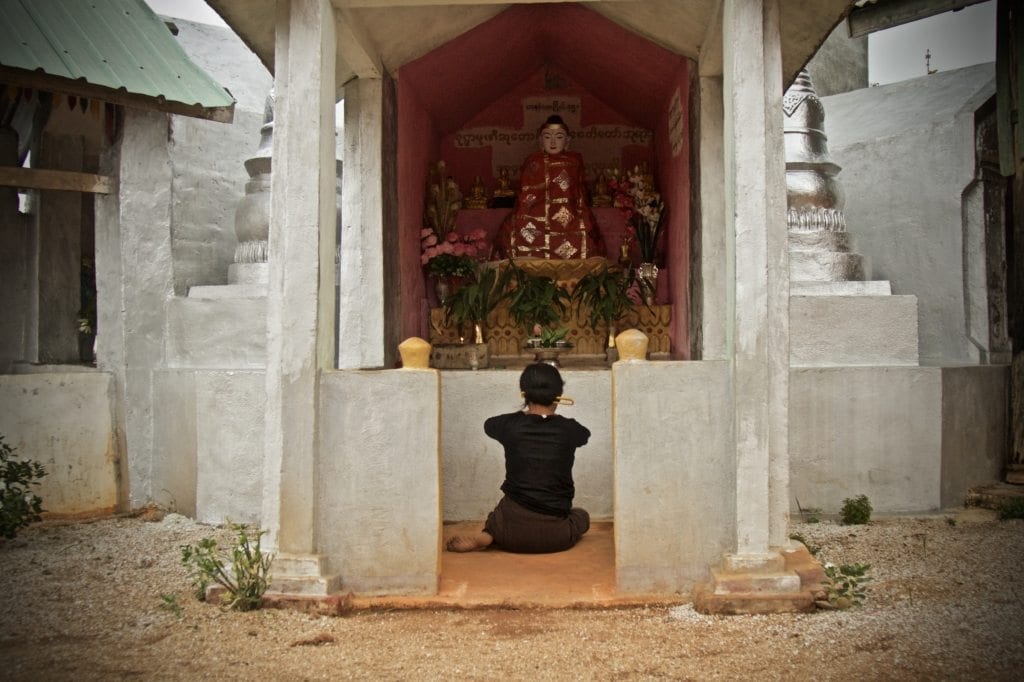
A 39-year-old woman by the name of Yi Kham, told me how the women were rounded up and forced into one of the animal pens. While in the pen, “we were taunted by militia members holding a hand grenade,” Yi Kham began. “They said to hold it but we refused, for fear of what the hand grenade was capable of.” She went on to say that some of the women were taken out of the pen and forced to watch the men being beaten.
Nine Win Hlaing, who appears about one and a half minutes into the video wearing a black leather coat and brown longyi, explained that by the time he arrived, the Burmese Army and the Pan Say had already begun abusing the villagers. I asked him what was going through his mind at the time, and Nine Win Hlaing replied, “I didn’t have any feeling because I was afraid. The soldiers said to us that we might be their leader because we were wearing good clothes. Then they grabbed my phone and checked my phone for evidence.” He described how they took from him two gold necklaces and roughly 9 million Kyat ($8,000), his meager life savings.
Ma Pi O, who runs a small shop in the village, explained how a mortar round landed next to her house. She ran to the nursery school to grab her children, but was unable to flee. She had to look after her grandmother and grandfather who were too old to run. The only thing she could do was hide with her family.
Ma Pi O painfully recalled, “While we were hiding, we could hear them going into people’s homes and ransacking them. [They] took whatever they could find, even children’s clothes and women’s longyis.” At night, she told me “they went into the nursery school to do yama (meth) and then they stole everything in the nursery school.” She then described how they loaded everything they had into five trucks.
Apparently the Burmese Army and the Pan Say took everything that wasn’t nailed down. They cleaned the villagers out of house and home, stealing everything from their life savings to, clothes and even children’s toys.
The next morning, the soldiers left the villagers with a dire warning inscribed on the doorway of a local home. It read, “Teachers be careful when giving encouragement to members of the Ta’ang ethnic group or the whole village will burn down”.
Khun A Kyi, one of the men who was severely beaten, summed up the hopeless brutal truth about life in war-torn Shan State when he said, “I would like to hold a gun and protect the villagers, but that doesn’t mean this kind of abuse will end. So what’s the point?”
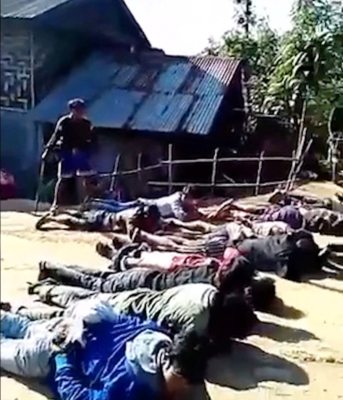
Instances like these are a chilling reminder that over 50 years of military rule have left millions of civilians, especially ethnic minorities, easy targets in a never-ending cycle of violence.
Tom Kramer explains that People’s Militia Forces are protected under the 2008 constitution and, thus, are not required to disarm. PMFs are, therefore, not part of the peace process and are not a part of the political dialogue. Even more astonishing, some of the leaders of these PMF are members of parliament.
“I really don’t think it’s a good idea that people who hold guns are sitting in parliament. It is a very dangerous thing and it should come to an end. Militias should be part of the peace process. They should be present there perhaps, but it should definitely be on the (negotiation) table. There will need to be cooperation from the Myanmar Army because they are in charge of these militias groups,” says Kramer.
Ti Khun Myat for example, who claims to be the former head of the 600 man Kutkai militia, but still holds close ties to the group, is now the Deputy House Speaker. He was appointed to this position by Aung San Suu Kyi. Now it seems that even Suu Kyi and her party, the National League for Democracy, have forged its own links with militias.
The Pan Say militia is no different. Its leader, U Kyaw Myint aka Li Yongqiang, is an ethnic Han Chinese who represents Namkham constituency (2) in the Shan State Assembly. U Kyaw Myint was re-elected last November and ran under the Tatmadaw’s proxy part, The Union Solidarity and Development Party. Along with leading the Pan Say Militia, U Kyaw Myint is said to have quite a portfolio of business ventures in Namkhan, including a casino near the town of Muse.
The Pan Say militia is estimated to have around 300 men and control various parts of the rugged terrain around Namkham Township. This region runs along the Chinese border and hosts many drug laboratories that refine opium into heroin and produce amphetamine-type stimulants or Meth.
Since coming to power in April, Aung San Suu Kyi and her party, the National League for Democracy, have made peace and national reconciliation a top priority. Suu Kyi has called for the convening of a 21st-century Panglong Conference to be scheduled for late August. The goal of the conference is to end 68 years of civil conflict between the Burmese Military and Ethnic Armed Organizations. Thus, the conference participants aspire to lay the groundwork to establish a federal union, under a democratic system.
With the PMFs not in attendance, however, along with the heads of various militias sitting in parliament, it looks like the militia’s scheme will be around for quite some time. All of this, while they continue to go unchecked for human rights violations, including torture, extrajudicial killings, sexual violence, forced portering, and using civilians as human shields, in order to carry out the Tatmandaw’s dirty work.
Tom Kramer leaves us with one very important fact:
“The one who has suffered the most from this has been the general population, and if we really want to create sustainable peace and stability, the issues of these militia groups need to be addressed.”
Raymond Pagnucco, for Lima Charlie News.
Ray Pagnucco, Senior Correspondent, for Lima Charlie News, began his career in television and has since worked as a cameraman, field producer and editor on various shows, including South Asian news channel Samaa Television, Fuji TV Network and Feature Story News, where he shot and edited for Channel News Asia and China Central Television-America. Raymond has contributed to Vice News, writing about Myanmar’s politics, the national ceasefire negotiations and ethnic armed groups. Raymond is currently based in Chiang Mai, Thailand. Follow Raymond on Twitter @RPagnuccoLC
Lima Charlie provides global news, analysis and opinion by military veterans and service members Worldwide.
For up-to-date news please follow us on Twitter at @LimaCharlieNews
#LimaCharlie #LimaCharlieNews
Image credits: Raymond Pagnucco

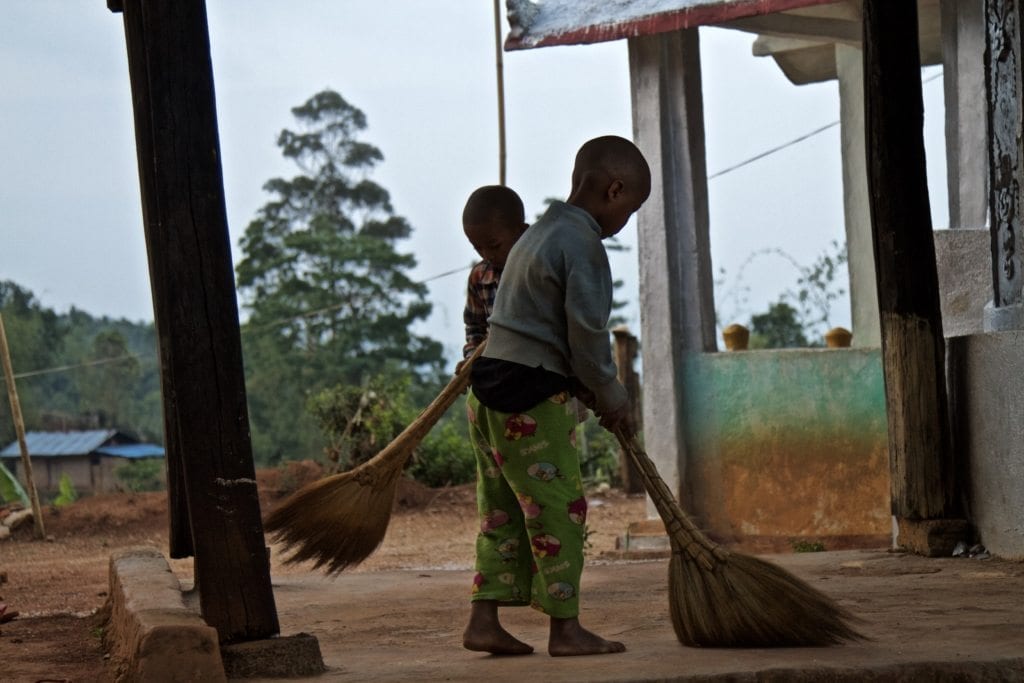
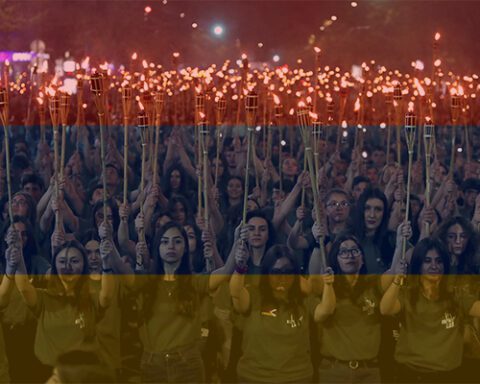
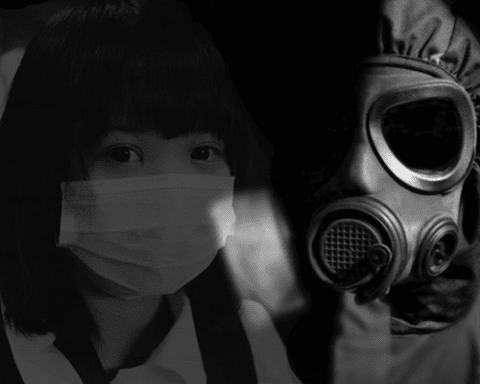
![Image Memorial Day may soon be a remembrance of democracy and those who had the courage to defend it [Lima Charlie News]](https://limacharlienews.com/wp-content/uploads/2018/05/Memorial-Day-may-soon-be-a-remembrance-of-democracy-and-those-who-had-the-courage-to-defend-it-Lima-Charlie-News-480x384.png)

![Blossoming Russo-Turkish alliance leaves U.S., NATO behind [Lima Charlie News]](https://limacharlienews.com/wp-content/uploads/2019/07/Russia-Turkey-alliance-leaves-U.S.-NATO-behind-480x384.png)

